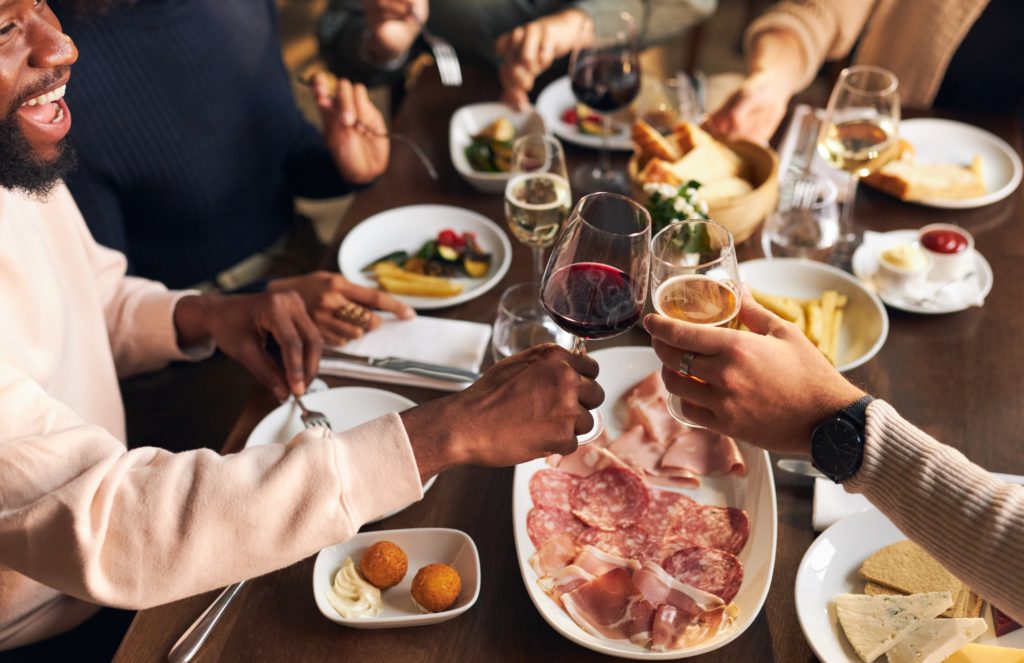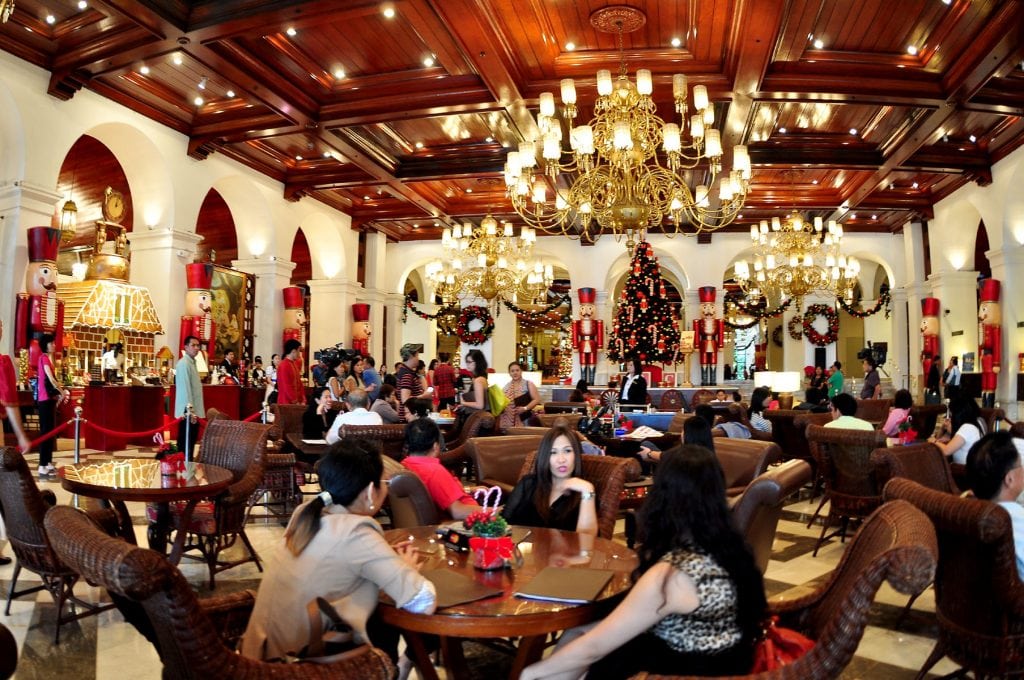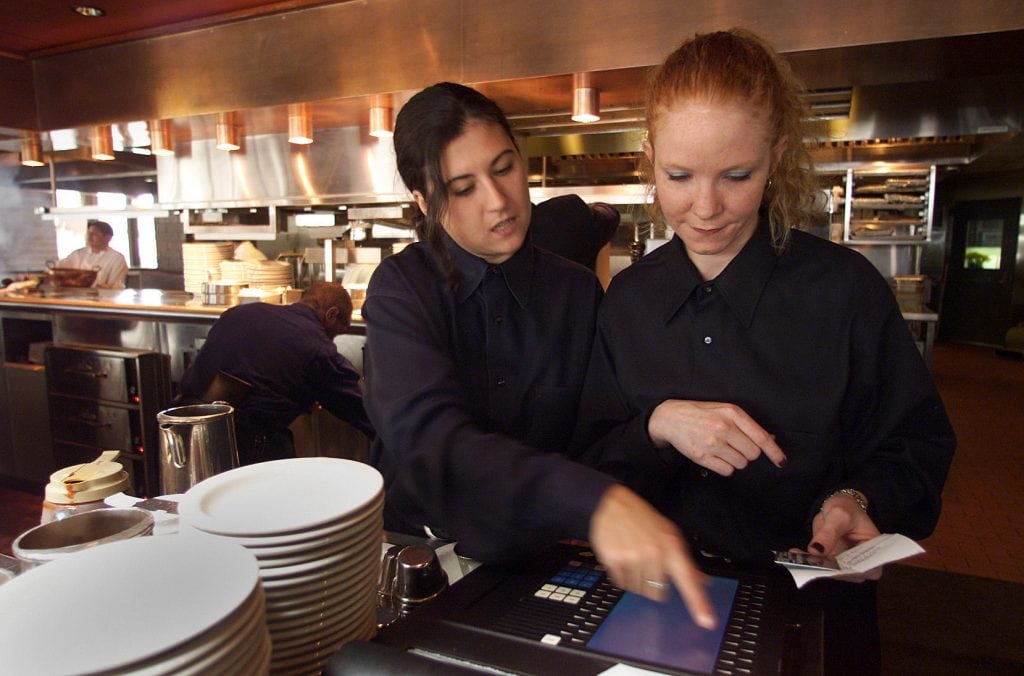The holidays are coming… and holidays generally spur people to spend money in ways that they wouldn’t do otherwise. Folks are urged to buy, book, treat, reward, and otherwise gift themselves, their loved ones, and even total strangers. So what are you doing to capture dollars spent during those programmed (and predictable) buying frenzies?
If taken seriously, the holidays can inject massive sales into your business in the span of a single day or month. Solid planning can be the difference between thriving and expanding your business – or just getting by. Whatever you’re doing, you should incorporate these five best practices into your holiday planning routine:
- Plan to Plan: Kickoff your planning session early. It’s cliché to say, “I hate meetings” or “meetings are useless.” No they’re not. They’re vital… and anyone who tries to run a business without sensible reliance on meetings is winging it and not making as much money as they could. My wife used to work for a large department store chain in their buying offices. They looked at each and every potential moneymaking event on the calendar and lumped them into their holiday planning protocols. Super Bowl. Kentucky Derby. Cherry Blossom Festival (we lived in DC). University of Maryland Homecoming. Administrative Assistant’s Day. And yes, the big ones too: Fourth of July, St. Patrick’s Day, Christmas, etc. They started each holiday strategy the same way: with a meeting eight months before the event. EIGHT MONTHS! Really? We applied this philosophy in our restaurants and it was amazing how well it set us up for success. Folks tend to be pretty bad about planning ahead so a meeting provides the necessary discipline to get the ball rolling. During the planning meeting, you should do the following:
- Invite the Right People. This isn’t an “all staff” meeting, but a department head meeting. Chefs, Sous Chefs, Bar Managers, HR, Marketing/PR, AGM, Rooms Manager… all led by the GM or Food and Beverage Director.
- Review Notes from the Previous Year. This is actually a homework assignment for everyone before the meeting so they arrive ready to discuss planning for the coming year.
- Assign Tasks and Get Commitments. As with any event or organization, it is vital that everyone at the meeting knows what they will be held accountable for and that everyone else knows who is doing what (peer accountability is a beautiful thing). This starts with a white board discussion about what all of the major tasks are related to the holiday. Be sure to stick to the high level categories for this meeting. For example, you should list “Social Media,” but not “Tweet twice daily starting on January 20.”
- Be Strategic About Social Media. Speaking of Twitter, be sure to incorporate a social media teaser campaign strategy. For some reason, no one likes to be forced to work with Social Media – after all, it’s personal and something most people enjoy doingoutside of work. Being forced to do it for a job takes a little prodding. So make sure it lands on the right person’s list.
- Plan to Plan Staffing Needs. Some holiday surges in business require additional staff. During this meeting, you may not resolve how many employees you need for a successful holiday or the hiring strategy, but the goal is to call it out and put each department head to work on writing out their staffing needs and schedule. Be sure to discuss the parameters and goals. When should the schedules begin? What are the limits?
- Set Your Calendar for Subsequent Meetings. Each holiday will need between four and six prep meetings – and each subsequent meeting should be more granular and specific than the last. Holidays can overlap and meetings can be shared with other holidays. This is necessary in making sure you aren’t constantly in meetings and never working. However, if you have weekly meetings for business performance and strategy, it’s a good practice to keep holiday meetings separate from said meetings.
- Set Deadlines and Homework Assignments for the Follow Up Meetings. Keep meetings on a regular schedule and do not skip them. The first meeting should be high-level so be sure you are not getting mired in the minutiae just yet. Make sure everyone is clear about what they need to accomplish and report on at the following meeting.

- Forecast Sales: Most restaurants and hotels have plenty of data to assemble a forensic report on what happened in the previous year – from staffing, sales by hour, product mix, to shortages. Using this data, be sure to analyze and scrutinize the following:
- Review Prior Year Behavior Through Sales and Sales Mix. What sold well? What did you run out of? What didn’t sell well? Incorporate those findings into a discussion about what you’ll do this year. Provide this information in the first meeting and distribute it to the team so that they may synthesize the data and craft detailed recommendations by the secondary meeting.
- Understand Relationships Between Weekday and Weekend Holidays. Holidays like Thanksgiving, Mother’s Day, and the Super Bowl always occur on the same weekday, but random dates. Other holidays like Valentine’s Day, Christmas, and the Fourth of July occur on random weekdays, but specific dates. Review these materials and be sure to craft a strategy for capturing sales that considers calendar variances and trends.
- Define Staffing Needs. As mentioned in previous points, you should plan to plan for staffing. To take it a step further, you should write out the specific schedule needs, including forecasted price for any labor increases. For most operations, you’ll need to bring on staff for training prior to them beginning. Be sure to incorporate those training costs into your justification for the expense. Department heads cannot just schedule what they want without making sure the investment yields more profit. Make them prove it.
- Review and Evaluate Outages, Overages, and Assumptions (Made vs. Reality). One big mistake I see a lot – especially in BBQ restaurants – is failing to take into consideration outages. If your shift note-taking protocols don’t capture outages, you should introduce it now. BBQ restaurant’s can resell ribs, brisket, pork butt, or mac-n-cheese (collards, cole slaw, baked beans, and Brunswick stew have a shelf life). But too many BBQ restaurants shoot themselves in the foot by running out of brisket too early, which fails to extend production a little longer. If you made stollen bread every day before Christmas, but ran out two days before Christmas, you should plan to make more in the following year. By the same token, you don’t want a glut of chocolate Santa Claus cake on hand after Christmas Eve. Good shift note-taking protocols will solve both of these scenarios (we like HotSchedules and Red Book).

- Arm Your Staff: Your employees are responsible for executing your plan. Be sure you commit to teaching them how to deliver your plan on brand and on time – every time – like clockwork. You can build the fastest racecar ever made, but if no one can drive, it’s a waste of time.
- Guest Words. During the holidays, you might add new dishes to the menu. Often you will need to remove existing dishes to make room for the new dishes. Your staff needs to be coached on which words to use to diffuse any disappointment. Don’t just tell the staff that you are taking something away. Teach them how to respond when a guest asks, “why did you take that away?”
- New Item Descriptions. Make sure your staff knows how to describe the new dishes. They should rehearse it with you and feel comfortable talking about a new dish days before it is available to the public. Our chef recently overheard a customer in a restaurant ask, “what is okra?” The server said, “it’s some kind of vegetable.” So be sure your staff is ready with the right answers.
- Sensible Scheduling. Surges in business require surges in staffing. Your staff will become fatigued during the busier-than-normal shifts. Be sure to consider the impact of higher-intensity hours on your team. Make sure you have enough employees working at the right times and that you have mechanisms in place to keep them fresh and happy.
- Staff Tastings. If your menu includes new items, don’t just give your staff descriptions and then test them on it. Give them descriptions a day or so before a tasting event with your staff. Make sure they taste everything Then tell them you’re going to test them.
- Test Your Staff. Your investment in materials and tastings will be a waste if you don’t hold your staff accountable for learning the material. You need to make sure they’re fluent with any new offerings or events before being expected to communicate to your guests.
- Incentives. Consider sales contests to keep your staff engaged and selling. Consider volume prizes for your culinary team. Perhaps load in more breaks or consider a treat for the break room (burritos from Chipotle, ice cream, etc.).

- Commit Resources
- Branded Materials. What uniforms will your staff wear? What special menus need to be designed and printed? What coasters will you use? What decorations will you introduce? When will you put them up? Who will put them up?
- Website Promotions. What events will you promote? When and how will you promote them? Who is responsible? What is the deadline? How much will it cost? What is the budget?
- Social Media. Do you need to outsource Instagram or Facebook stories or can it be done in house? What is the budget?
- Facility. What space do you need in your facility to pull off the holiday? Extra tables? Displays? Professional signage? Heaters for outside?
- Opening and Closing Protocols. With new menu items, new retail items, new events, etc. there may be nuances associated with bringing these offerings to life and shutting them down. If there is an ice sculpture that needs to be stored correctly, who will do it and when? Are there holiday items for retail sale that need to be marked down and re-merchandised for the day after? When will this happen? Do you need to rent or store equipment?
- Packaging and Supplies. Do you need special packaging? What smallwares or cooking vessels or other supplies do you need to sell every item?
- Point of Sale. Be sure your point of sale system is set up to run (and track) promotions, account for new items, and allow for easy ordering via staff.
- Write Post-Holiday Notes: This is one of the most important parts of successful holiday planning. Immediately after the holiday is over (the next day) it is critical to force your department heads to sit down and write down what worked, what didn’t, and recommendations for the following year. The event is still fresh in their minds so any pain they experienced will find its way to the notes. Waiting even a week will dilute the notes, making them less useful. Be sure everyone touches on the following topics: staffing, production, facility, recipes, quality, out of stock issues, overages, storage, equipment/small wares/packaging, IT/POS, and training.
Holidays can be incredibly lucrative. A good Santa Claus at the mall can make over $120k in one holiday season. A good corn maze makes exponentially more money than the corn itself and can make a farmer wealthy in just over three weeks. A restaurant, hotel, or market can double or triple or even quadruple their normal sales volume (depending on the holiday) with smart planning protocols in place. Be ready early. Over-communicate through regimented meetings and training. Assign tasks and hold your team accountable. And document successes – and failures – to make each holiday season more profitable than the last.
Ray Camillo – CEO, Blue Orbit Restaurant Consulting
Do you need assistance with advice on opening a restaurant? We’re here to help! Contact us today, and let’s chat.
